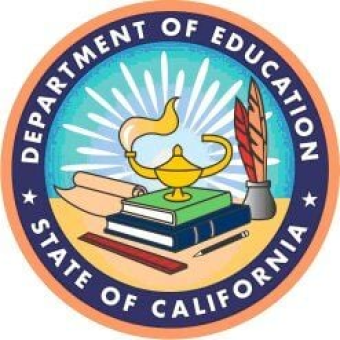Demonstrate Knowledge of Psychological and Sociological Concepts, Principles, and Strategies that Apply to the Learning and Performance of Physical Activity
Students evaluate their psychological responses to physical activity. They set goals and then describe the positive feelings they experience from successful participation in physical activity. They share the responsibility for creating and maintaining a physically and emotionally safe environment for all. And, they act independently and resist negative peer pressure during physical activity. Ninth graders analyze and recognize the connection between physical activity and social dynamics. They analyze how physical activity contributes to interaction and cooperation among participants and supports learning about others and their culture. Students learn that each group member brings different strengths and abilities and that it is important to identify and utilize the strengths of each member to contribute to the success of the group. (Adapted from the Physical Education Framework for California Public Schools, K-12.)
Big Idea Success Criteria
The categories and their related standards below unpack the success criteria of this big idea.
- 3.1 Accept personal responsibility to create and maintain a physically and emotionally safe and non-threatening environment for physical activity.
- 3.2 Act independently of negative peer pressure during physical activity.
- 3.3 Identify and evaluate personal psychological responses to physical activity.
- 3.4 Describe the enjoyment, self-expression, challenge, and social benefits experienced by achieving one’s best in physical activities.
- 3.5 Develop personal goals to improve one’s performance in physical activities.
- 3.6 Discuss the changing psychological and sociological needs of a diverse society in relation to physical activity.
- 3.7 Analyze the role that physical activity plays in social interaction and cooperative opportunities in the family and the workplace.
- 3.8 Recognize the value of physical activity in understanding multiculturalism.
- 3.9 Recognize and evaluate the role of cooperation and positive interactions with others when participating in physical activity.
- 3.10 Identify and utilize the potential strengths of each individual in physical activities.
Alternative Means of Expression
This big idea does not have created or curated examples of alternative means of expression due to the project scope and timeline. If you have example options you would like to share with the initiative team, please use the BYOT option.
Sample Coursework
Bring Your Own Task (BYOT)
A Call to IEP Teams
We want students’ IEP team members to share their ideas regarding viable alternative means of expression pertaining to this big idea for students with disabilities, including those eligible for the CAA, these teams serve. IEP teams can define viable alternative means of expression for an individual student with an IEP, as long as these mediums meet the local requirements of the coursework.
A Call to Content-based Educators
In addition to IEP teams, we know secondary teachers and district curriculum leads have a wealth of experience and ideas related to innovative ways to assess students’ understanding of this content. We are interested in sample alternative means of expression this community sees as viable assessments of this big idea.
Please use the entry boxes below to share these ideas.
Important Note —These assessment tools will not be shared outside the review of the initiative team and will remain the intellectual property of the users who have made this submission. Furthermore, feedback or comments from the initiative team will not be given to uploaded content, nor does uploading materials imply that the alternative means of expression strategy is a viable option for this big idea.
"*" indicates required fields

